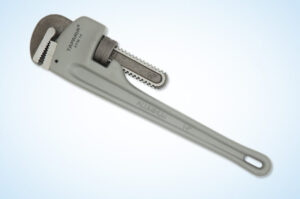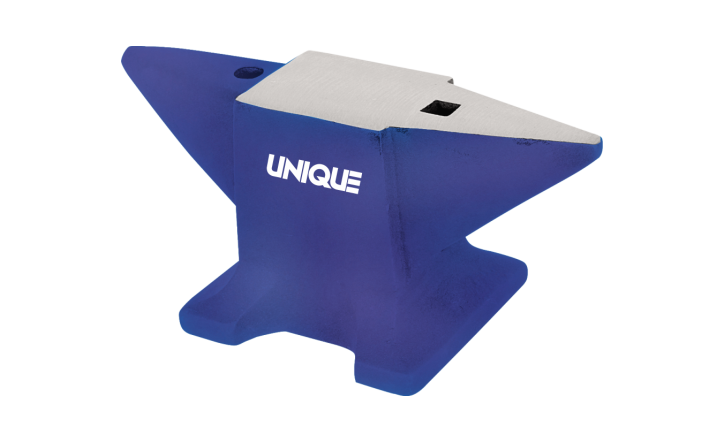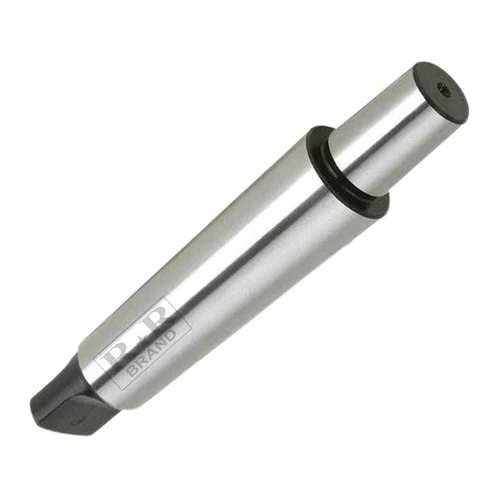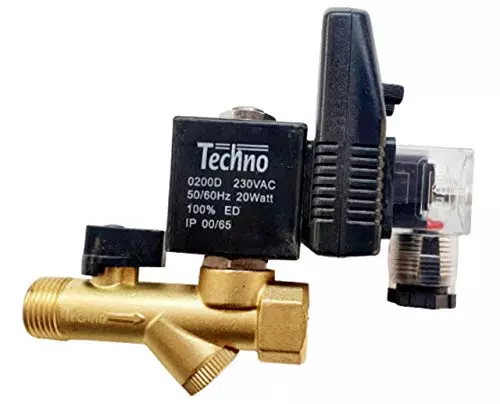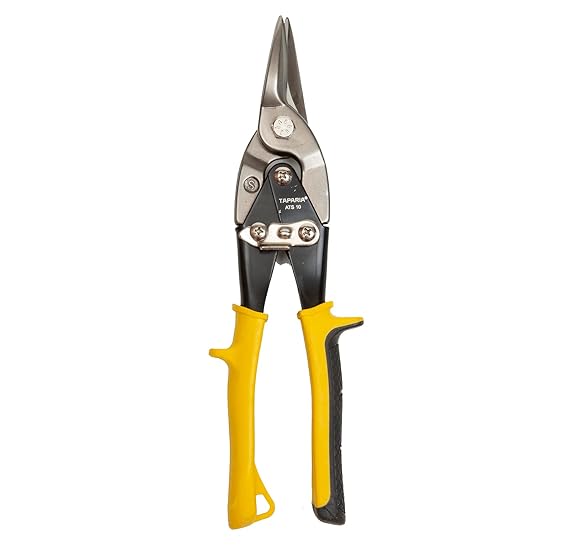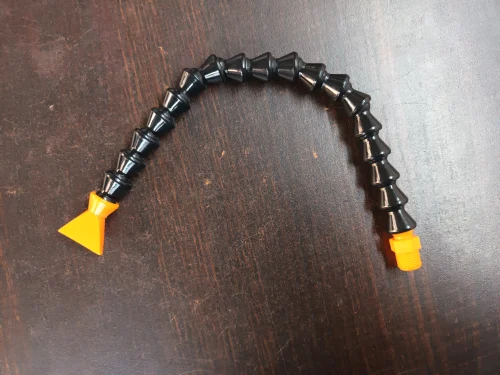- Store Location
- Call Us For Enquiry : 9781123336, 9855533336
- hpalloychd@gmail.com
-
Aluminium Handle Pipe Wrenches (APW 14) Taparia
Original price was: ₹1,728.00.₹1,428.00Current price is: ₹1,428.00.
Generally Confirming to IS 4003 Part II -1986
HSN Code: 82041220
Length (mm): 350
Least Max Opening (mm): 60
Suitable For Pipe: 2
Standard Packing: 2
-
Aluminium Handle Pipe Wrenches (APW 18) Taparia
Original price was: ₹3,377.00.₹2,790.00Current price is: ₹2,790.00.
Generally Confirming to IS 4003 Part II -1986
HSN Code: 82041220
Length (mm): 450
Least Max Opening (mm): 76
Suitable For Pipe: 2 – 1/2
Standard Packing: 2
-
Aluminium Handle Pipe Wrenches (APW 24) Taparia
Original price was: ₹3,925.00.₹3,243.00Current price is: ₹3,243.00.
Generally Confirming to IS 4003 Part II -1986
HSN Code: 82041220
Length (mm): 600
Least Max Opening (mm): 90
Suitable For Pipe: 3
Standard Packing: 1
-
Aluminium Handle Pipe Wrenches (APW 36) Taparia
Original price was: ₹7,475.00.₹6,175.00Current price is: ₹6,175.00.
Generally Confirming to IS 4003 Part II -1986
HSN Code: 82041220
Length (mm): 900
Least Max Opening (mm): 140
Suitable For Pipe: 5
Standard Packing: 1
-
Aluminium Handle Pipe Wrenches (APW 48) Taparia
Original price was: ₹14,275.00.₹11,792.00Current price is: ₹11,792.00.
Generally Confirming to IS 4003 Part II -1986
HSN Code: 82041220
Length (mm): 1200
Least Max Opening (mm): 166
Suitable For Pipe: 7
Standard Packing: 1
-
Arbors for Drill Chuck (A Grade Hardened & Ground Finish)-MT2 (R.R Tools)
Original price was: ₹165.00.₹108.00Current price is: ₹108.00.
Morse Taper – MT-2
Drill Chuck – 1/4″ (JT-1), 3/8″ (JT-2), 1/2″ (JT-6)
-
Auto Drain Solenoid Valve Brass Body with Ball Valve and Stainer Size 1/2 (ADV 15T) – (Techno)
Original price was: ₹1,800.00.₹1,169.00Current price is: ₹1,169.00.
Features
Brand Name : TECHNO
Product Sub Type : Timer+Strainer+Ball Valve
Size : 1/2 Inch
Working Medium : Compressed Air
Applicable Temperature : 5 to 50?C
Type of Product : Auto Drain Valve -
Auto Wire Stripper & Cutter (AWS 8) Taparia
Original price was: ₹840.00.₹694.00Current price is: ₹694.00.
HSN Code : 82032000
Length 205
Std. Pkg. 2
Quantity: 1 pc
-
Aviation Tinman Snipper (ATL 10) Taparia
Original price was: ₹660.00.₹546.00Current price is: ₹546.00.
Material: Look for snips made of durable materials like hardened steel or alloy, ensuring they can withstand the rigors of cutting tough materials like aluminum or sheet metal.
Blade Design: Opt for blades with a serrated edge, as they provide better grip and control while cutting through metal. Some blades are also designed to minimize material distortion during cutting.
Cutting Capacity: Ensure the snips can handle the thickness of the material you intend to cut. Aviation snips typically come in different styles for cutting straight lines, left curves, and right curves.
Handle Design: Comfortable grips are essential for reducing hand fatigue during extended use. Look for ergonomic handles with non-slip grips for better control and handling.
Safety Features: Some aviation tin snips come with safety locking mechanisms to keep the blades closed when not in use, reducing the risk of accidents. -
Aviation Tinman Snipper (ATR 10) Taparia
Original price was: ₹660.00.₹546.00Current price is: ₹546.00.
Material: Look for snips made of durable materials like hardened steel or alloy, ensuring they can withstand the rigors of cutting tough materials like aluminum or sheet metal.
Blade Design: Opt for blades with a serrated edge, as they provide better grip and control while cutting through metal. Some blades are also designed to minimize material distortion during cutting.
Cutting Capacity: Ensure the snips can handle the thickness of the material you intend to cut. Aviation snips typically come in different styles for cutting straight lines, left curves, and right curves.
Handle Design: Comfortable grips are essential for reducing hand fatigue during extended use. Look for ergonomic handles with non-slip grips for better control and handling.
Safety Features: Some aviation tin snips come with safety locking mechanisms to keep the blades closed when not in use, reducing the risk of accidents. -
Aviation Tinman Snipper (ATS 10) Taparia
Original price was: ₹660.00.₹546.00Current price is: ₹546.00.
Material: Look for snips made of durable materials like hardened steel or alloy, ensuring they can withstand the rigors of cutting tough materials like aluminum or sheet metal.
Blade Design: Opt for blades with a serrated edge, as they provide better grip and control while cutting through metal. Some blades are also designed to minimize material distortion during cutting.
Cutting Capacity: Ensure the snips can handle the thickness of the material you intend to cut. Aviation snips typically come in different styles for cutting straight lines, left curves, and right curves.
Handle Design: Comfortable grips are essential for reducing hand fatigue during extended use. Look for ergonomic handles with non-slip grips for better control and handling.
Safety Features: Some aviation tin snips come with safety locking mechanisms to keep the blades closed when not in use, reducing the risk of accidents.




